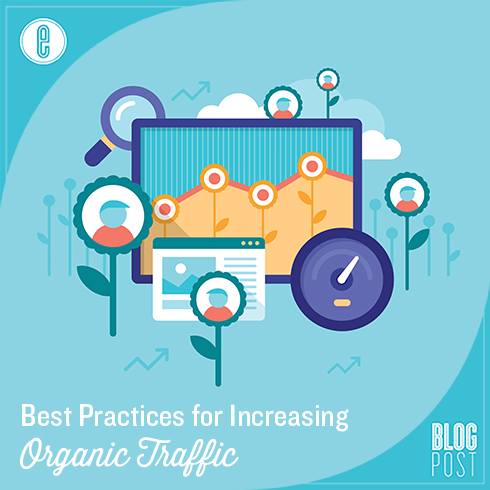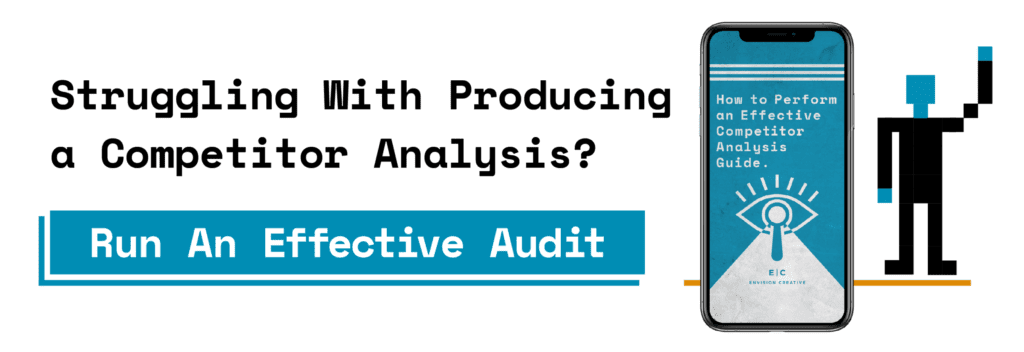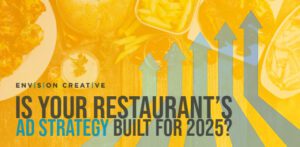One of the first things that clients want to know when we first sit down with them is how to increase traffic to their website. More specifically, organic traffic. You know, traffic untouched by chemicals and pesticides, pay-per-clicks and ads. The more local, the better.
This question is very much a welcome one, because it allows us to don our top hats and custom-made capes (with red lining) and dramatically reveal our latest banner, designed in-house: The Magic of Increasing Organic Traffic, by Jack Kerouac.
We really do love sharing what is working for us and our clients. Essentially, it’s equal parts research and refinement. The research, of course, is paramount to the start of any endeavor. But it’s also an ongoing process. If you’re here, after all, you already know that the rules of marketing and branding and SEO are fluid and change with the frequency of a split-flap display at a train station.
The refinement aspect is also ongoing. Simply put, you are never going to just put information on your website as a one-time deal. You will never just ‘set it and forget it’. Your website is a living thing and needs constant monitoring and activity.
Here are four components that have worked for us in increasing organic traffic:
1. Quality content, not quantity, people!
This is a staple in all ‘how-to’ articles for making your website as magnetic as possible. How to achieve this? Well, the content on your website should make the reader feel like you are addressing them personally. Don’t write for the nameless, faceless search engines.
There’s nothing worse than a business who wants so badly to draw people in that it tries to sound impressive with extremely formal content. You aren’t writing to impress–you are writing to attract.
Intimidated by this? Don’t forget: you are the expert. It’s your business. You know exactly what you’re offering and the value you’re providing, so approach this part like you are explaining this to a friend or acquaintance.
Tip: What is your call to action? Do you want visitors to request your service, visit your products pages, sign up for your email list, or download a free white paper? Make sure to clarify this on your landing page.
2. Blog. Constantly.
Think about the times you’ve checked out business websites whose blog pages only have a handful of posts that are dated from a year or two ago. Does that make you feel confident in them? How about the blog pages with wide gaps, displaying weeks or even months in between posts? Avoid this. It makes visitors infer that there’s either a lack of expertise, a high rate of turnover on your team, a sloppy strategy, or laziness.
A frequently updated blog keeps you in a more current spot in search results. It also achieves the following:
- It demonstrates your expertise. By sharing your knowledge freely, you help establish yourself as a thought leader.
- It keeps people coming back.
Tip: Every two months, plot out your editorial calendar. Aim for two new posts a week. Planning the content in advance will not only keep you on track, but will help produce results.
3. Use your long-tail keywords.
Remember this post on long-tail keywords? It’s the truth. Peppering your site and your blog with these three and four word specific phrases–modeled exactly after the way your clients and customers would reference your services–will continue to draw the exact traffic you are looking for. For example, if you are providing gluten-free products or recipes, would you want to just post keywords and phrases about “food”? Or “gluten-free meals under $15”/ “10 minute gluten free recipes”?
4. Link to the left, link to the right.
We’re gonna let you in 0n a little secret: we aim to have at least four links in each of our posts–two external and two internal. First of all, everyone likes to be linked to. You’re receiving recognition for providing valuable content–so valuable that another business is including it in their own educational posts! Not to mention how linking increases your SEO ranking.
You’re also establishing a network of like-minded businesses and resources, who will hopefully link to your blog and website in the future as well.
Finally, we link because we love. We link internally because we want you to stay on our website and visit with us for a bit longer. You know, put your feet up and stay for a drink, won’t you?
-FINAL(01-00)-White&Blue-01.svg)





